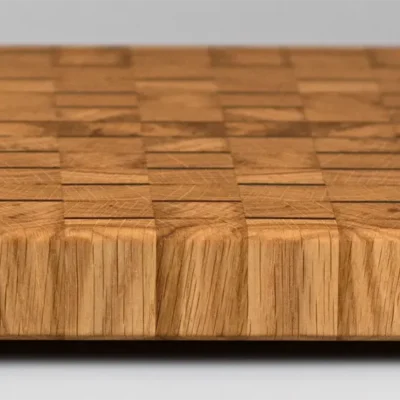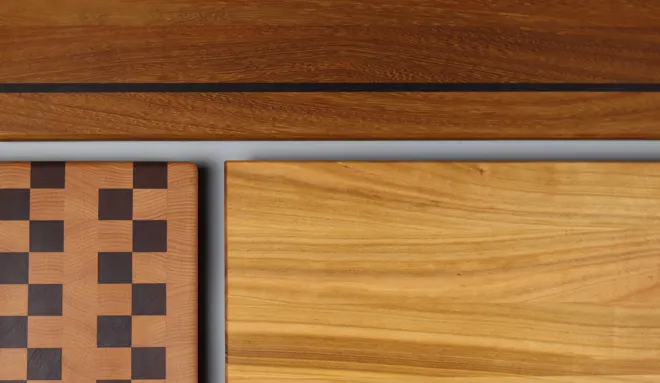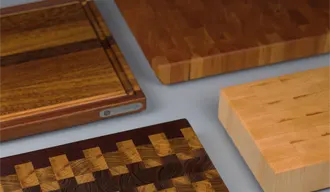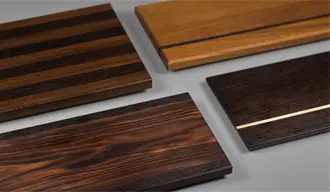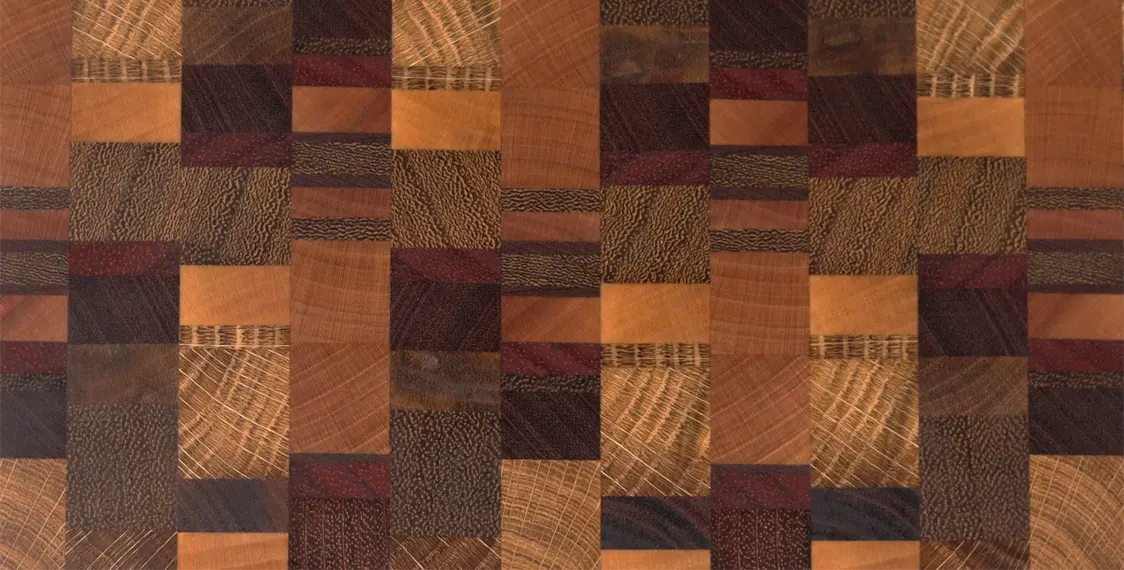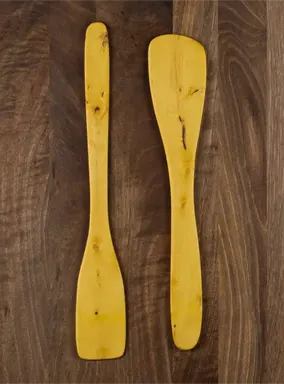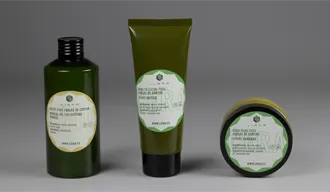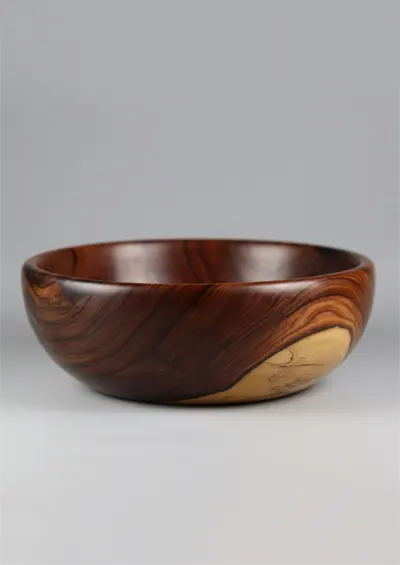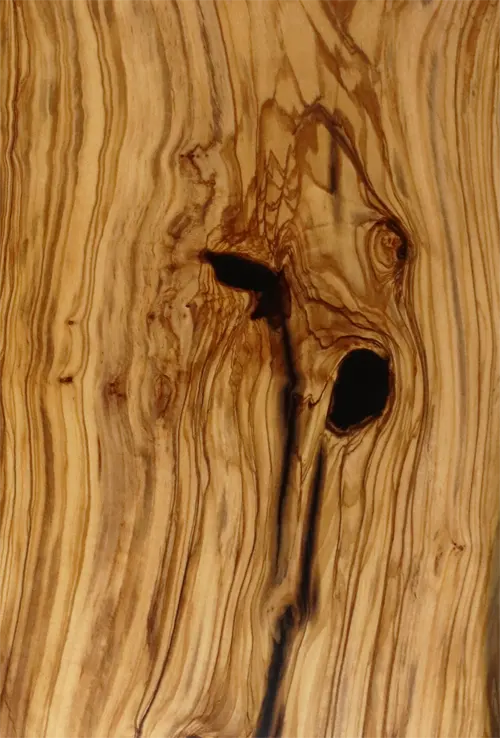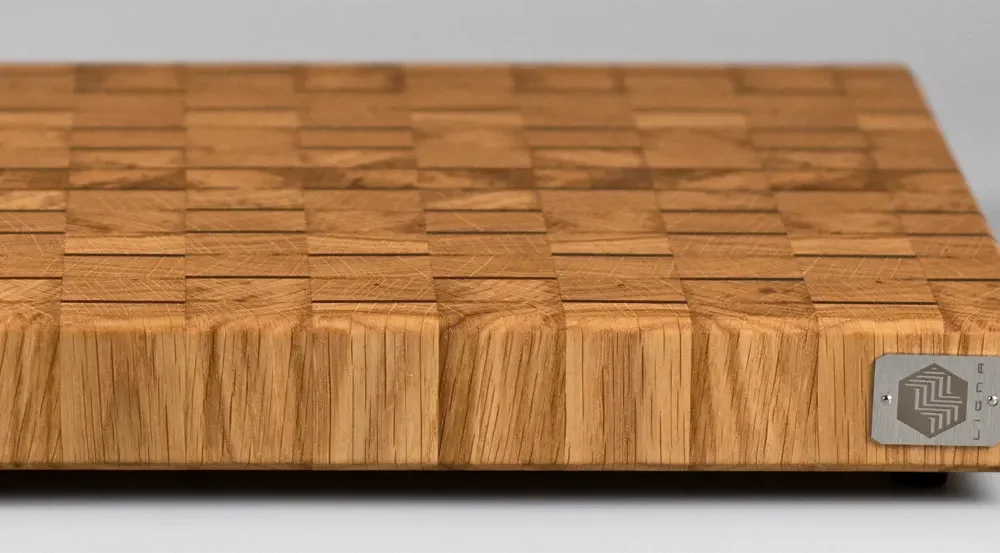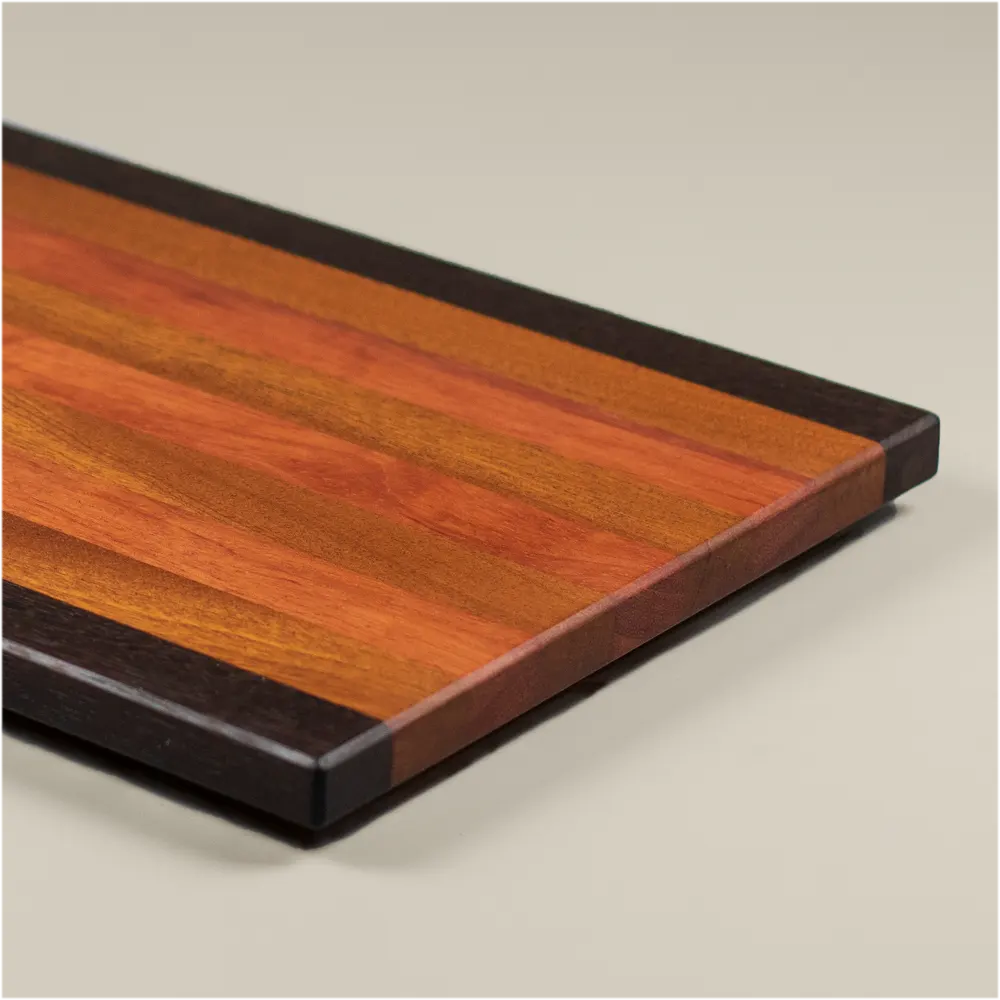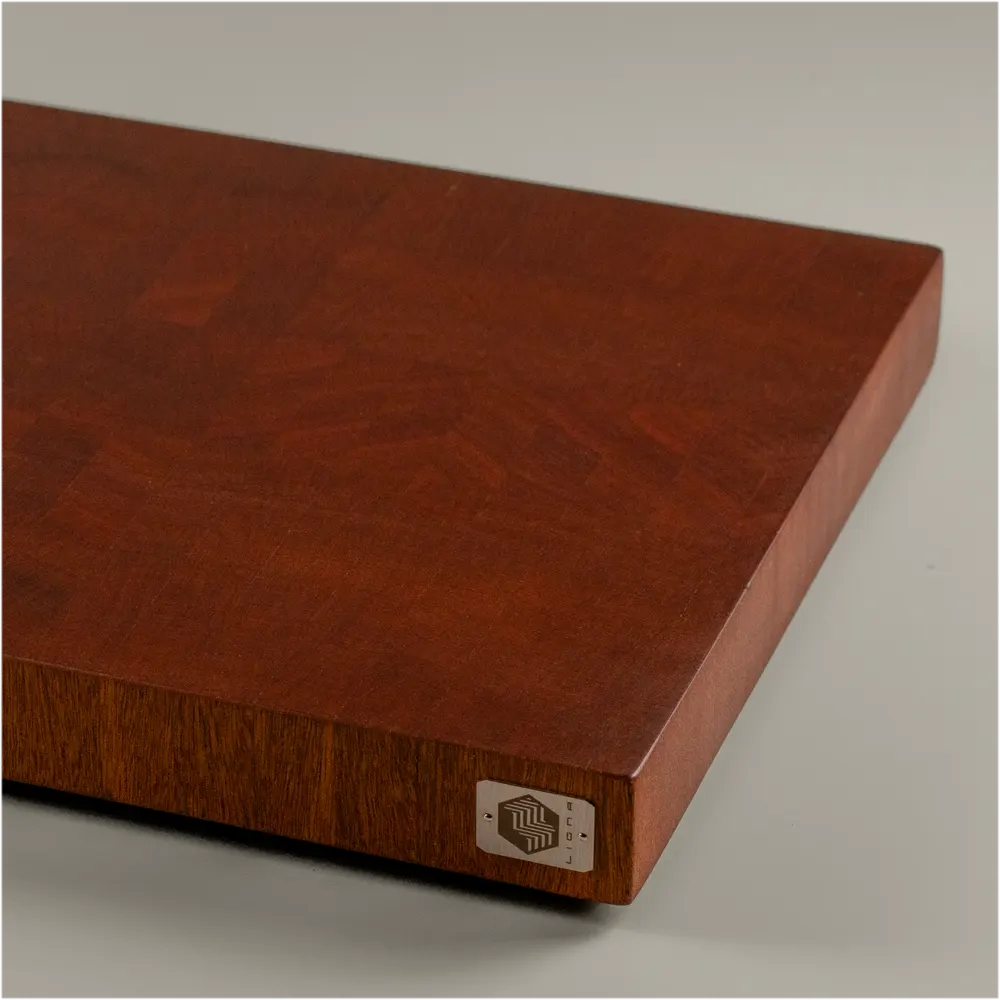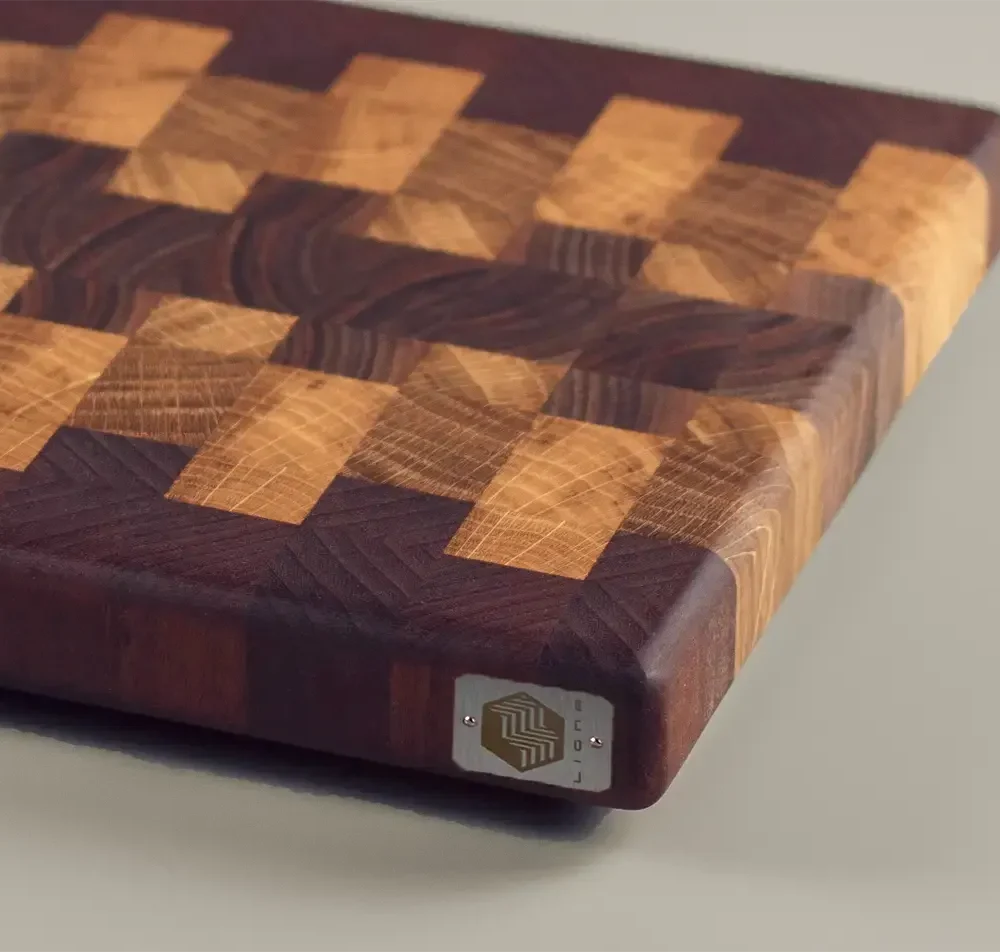Sapele Wood: Uses and Characteristics
Sapele wood is known for its durability, strength, and warm tones.
From the tree Entandrophragma cylindricumnative to tropical Africa, this wood is used in a wide range of applications requiring strength and beauty, from furniture and decorative veneers to cutting boards and shipbuilding.
Below, we analyze the main characteristics and uses of sapelly wood.
What is Sapele Wood?
Sapele is a tropical wood with a reddish-brown hue, which tends to darken over time, giving it a deep and elegant patina.
Its interlocking grain, which can produce striking patterns, makes it visually appealing and similar to mahogany, although more affordable.
Due to its strength and durability, it is widely used both indoors and outdoors, and is also appreciated in luxury carpentry.
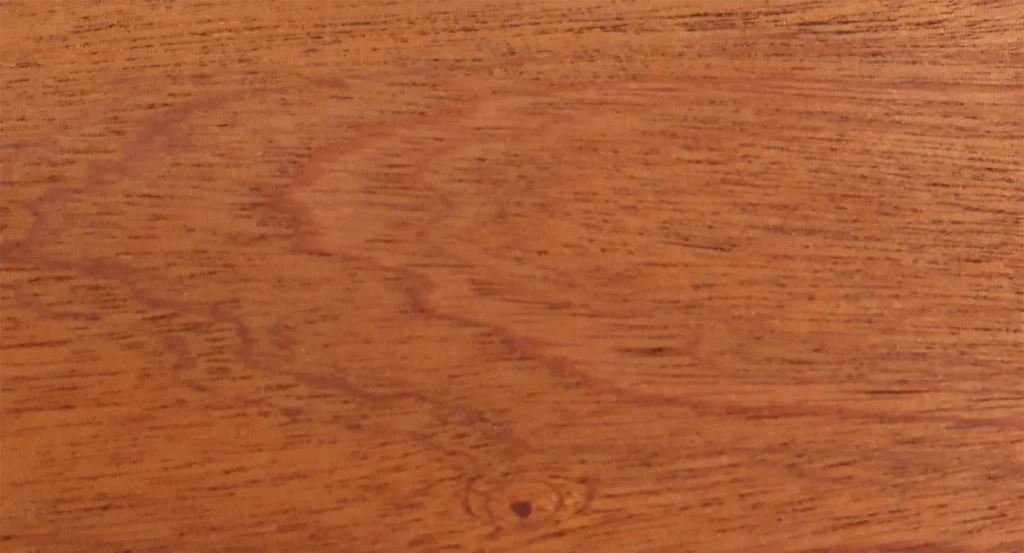
Properties of Sapele Wood
- Hardness and Density: Sapelly is a hardwood, with a density between 640 and 750 kg/m³, which gives it considerable resistance to wear and pressure, making it ideal for floors, furniture and surfaces that withstand intensive use.
- Dimensional Stability: Sapele wood has excellent stability, meaning it’s less likely to warp or crack when exposed to variations in humidity or temperature. This makes it suitable for both indoor and outdoor environments.
- Attractive Appearance: Its natural reddish hue and interlocking grain give it a distinguished appearance. As it ages, sapele acquires a dark, lustrous patina, which increases its visual appeal. This wood responds well to a variety of finishes such as oils, varnishes, and lacquers.
- Durability and Weather Resistance: Sapele is naturally resistant to moisture, insects, and fungi, making it ideal for exterior applications, such as doors and windows, as well as marine environments.
Technical properties of sapele
| Property | Value / Description |
|---|---|
| Scientific name | Entandrophragma cylindricum |
| Density | 640–750 kg/m³ (semi-heavy wood) |
| Brinell hardness | 4.3 (semi-hard wood) |
| Janka hardness | 1.410 lbf (6.280 N) |
| Flexural strength | 1.150 kg/cm² |
| Compressive strength | 590 kg/cm² |
| Tensile strength | 860 kg/cm² |
| Shock resistance | 7.5–10.0 J/cm² (dynamic flexure) |
| Radial shrinkage at 1% humidity | 0,21% |
| Tangential shrinkage at 1% humidity | 0,28% |
| Dimensional stability | Good; volumetric shrinkage coefficient: 0.43% |
| Drying process | Medium to slow, with risk of deformations and cracks |
| Ease of work | Good; easy to saw, plane, and glue; requires pre-drilling for nails and screws |
| Natural durability | Moderately durable against fungi and insects |
Uses of Sapele Wood
High-end furniture
Thanks to its durability and exotic aesthetic, sapele wood is widely used in high-end furniture. From tables and chairs to cabinets and shelves, this wood offers a combination of strength and beauty.
Flooring and Coatings
Due to its hardness and wear resistance, sapele is an ideal choice for flooring and wall coverings. Its dimensional stability allows these floors to withstand heavy traffic without losing their shape, while its color brings warmth and sophistication to interiors.
Sapele’s weather resistance and ability to withstand changing climates make it an excellent choice for doors, windows, and exterior woodwork. It’s also widely used in shipbuilding for its ability to resist moisture.
Cutting Boards and Kitchen Utensils
Sapele wood is an ideal choice for making cutting boards due to its strength and durability.
Its high density makes it withstand cuts without being easily damaged, and its low porosity reduces moisture absorption, which helps maintain hygiene in the kitchen. In addition, its visual appeal adds a touch of luxury to kitchenware.
Sapelly is not usually made in full slabs, but it is commonly used in designs that combine various woods.

Decorative Plates
Sapele is also used to make decorative veneers for furniture, paneling, and other products. The beauty of its interlocking grain and intense color provide a sophisticated and elegant finish.
Advantages and Considerations of Sapelly Wood
Advantages
- High strength and durability: It is an ideal wood for applications requiring resistance to moisture and wear.
- Distinctive aesthetics: Its reddish color and attractive grain make it visually appealing, ideal for luxury furniture and cladding.
- Easy to work: Despite its hardness, sapele cuts, sands, and polishes without much difficulty, making it easy to use in detailed woodworking projects.
Considerations
- Darkening over time: Although a positive aesthetic feature for many, the darkening of wood may not be ideal in projects where a lighter tone is desired.
- Price: Sapele remains an affordable exotic wood today, so it’s often a good choice for larger projects like cabinets and living room furniture.
Conclusion
Sapele wood is a versatile and durable option, combining aesthetics and strength in a wide range of applications. From cutting boards and fine furniture to flooring and exterior woodwork, this tropical hardwood offers excellent durability and beauty, making it an ideal choice for projects seeking quality and longevity. Although its cost is moderate, its long-term performance and sophisticated appearance justify the investment in many high-end projects.
Our products with Sapele wood
-
 Summer endgrain Cutting BoardPrice range: € 185,00 through € 205,00
Summer endgrain Cutting BoardPrice range: € 185,00 through € 205,00 -
 SplendidaPrice range: € 160,00 through € 180,00
SplendidaPrice range: € 160,00 through € 180,00 -
 sapele end grainPrice range: € 190,00 through € 210,00
sapele end grainPrice range: € 190,00 through € 210,00 -
 Calida
Calidaend grain cutting board
Price range: € 140,00 through € 305,00
FAQ: Frequently asked questions about Sapele wood
What is sapele wood?
Sapele wood comes from the Entandrophragma cylindricum tree, native to tropical Africa. It is known for its durability, warm tones, and strength, making it ideal for carpentry and cabinetmaking.
What are the properties of sapele wood?
Sapele wood is medium-heavy, with a density between 640 and 750 kg/m³. It has a Brinell hardness of 4.3 and good dimensional stability, making it resistant to wear and humidity fluctuations.
What is sapele wood used for?
It is used in the manufacture of high-end furniture, decorative veneers, interior and exterior carpentry, flooring, musical instruments, and shipbuilding, thanks to its durability and attractive aesthetics.
Is sapele wood suitable for outdoors?
Yes, due to its resistance to moisture and insects, sapele wood is suitable for exterior applications such as doors, windows, and siding. However, it is not the most recommended.
What is the color of sapele wood?
It ranges in color from light brown to a dark reddish hue. Over time and with exposure to light, it tends to darken, acquiring a deep, elegant patina.
Is sapele wood easy to work with?
Yes, sapele wood is easy to saw, plane, and glue. However, due to its hardness, pre-drilling for nails and screws is recommended.
Is sapele wood easy to work with?
It is moderately resistant to fungi and insects, making it suitable for a variety of applications, although it may require additional treatment in very humid environments.
What care does sapele wood require?
Protective finishes are recommended to maintain appearance and durability, especially in exterior applications or in high humidity environments.
How does humidity affect sapele wood?
Sapele wood has good dimensional stability, with low radial and tangential shrinkage coefficients, making it resistant to deformation caused by changes in humidity.
Is sapele wood sustainable?
The sustainability of sapele wood depends on its origin and forest management practices. It’s important to ensure that it comes from responsible and certified sources to ensure its sustainability.
Otras entradas del blog
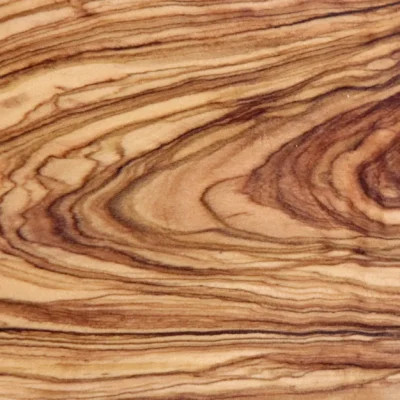
Olive Wood: Uses and Characteristics
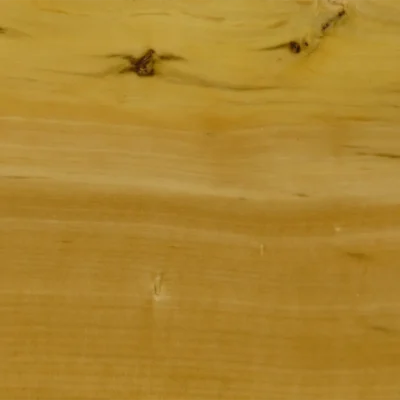
Boxwood: Uses and Characteristics
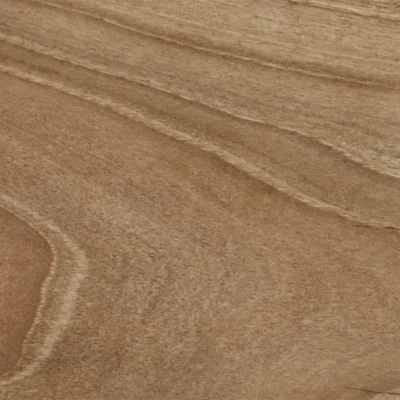
What are hardwoods?
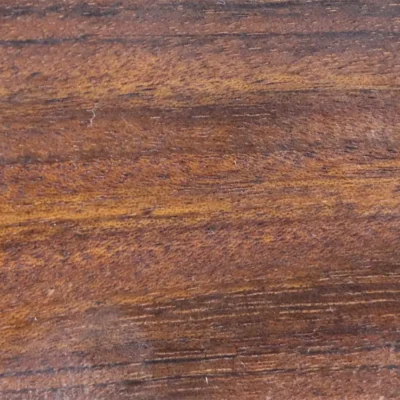
Mongoy Wood: Uses and Characteristics
Nuestras tablas de cortar:
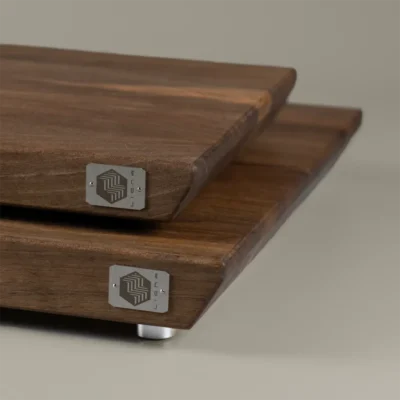
Linea
Walnut Walnut cutting board
Linea
WalnutWalnut cutting board
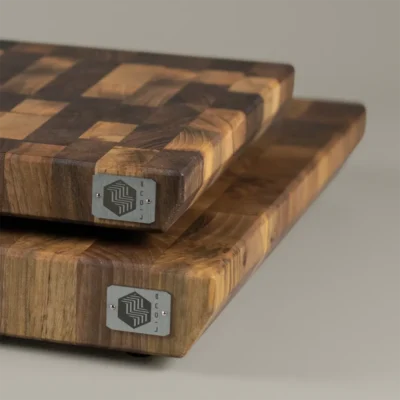
Pura
Walnut walnut butcher block
Pura
Walnutwalnut butcher block
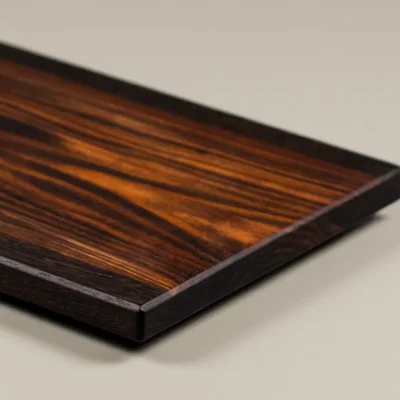
NUBILA
wooden cheese board
